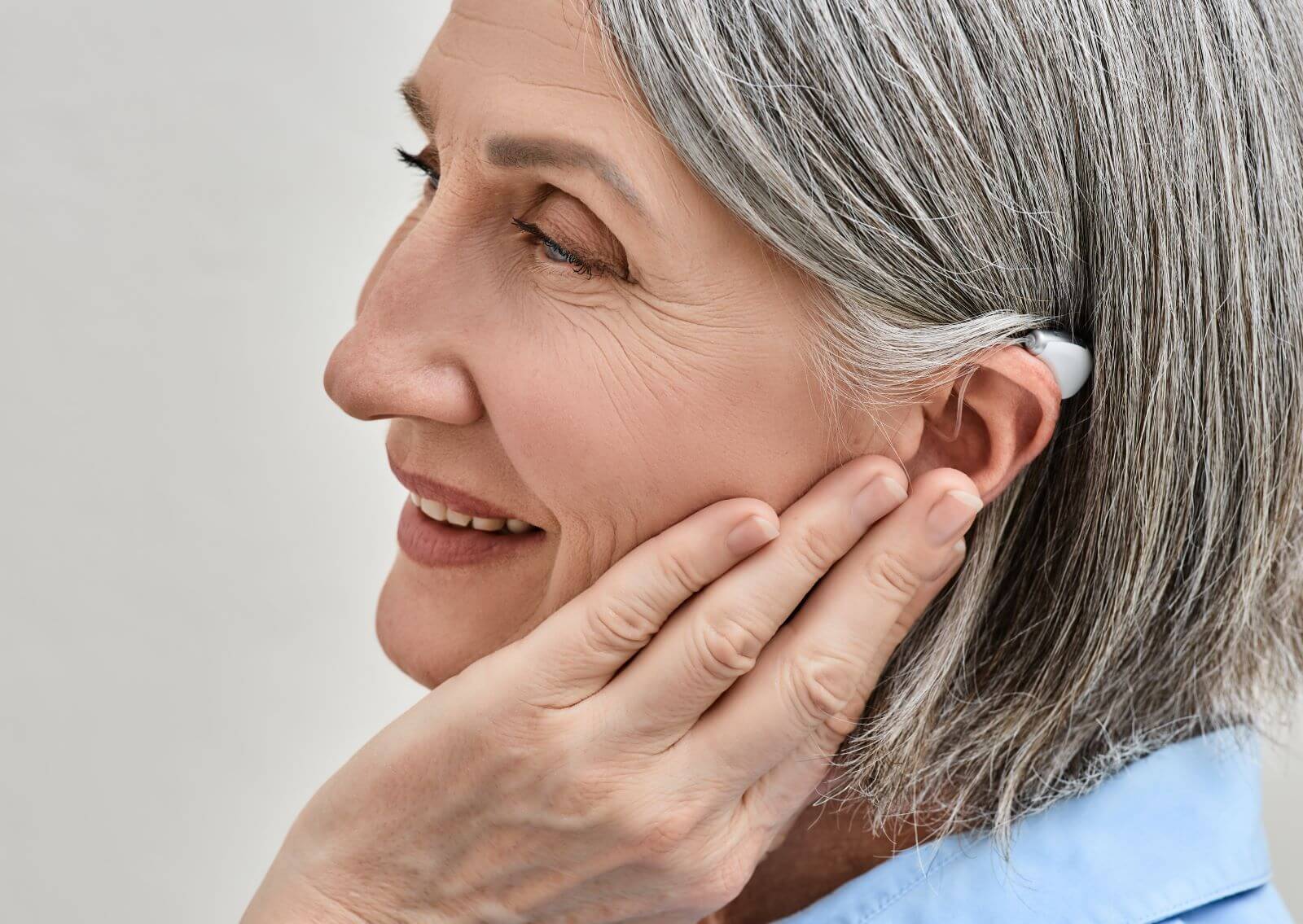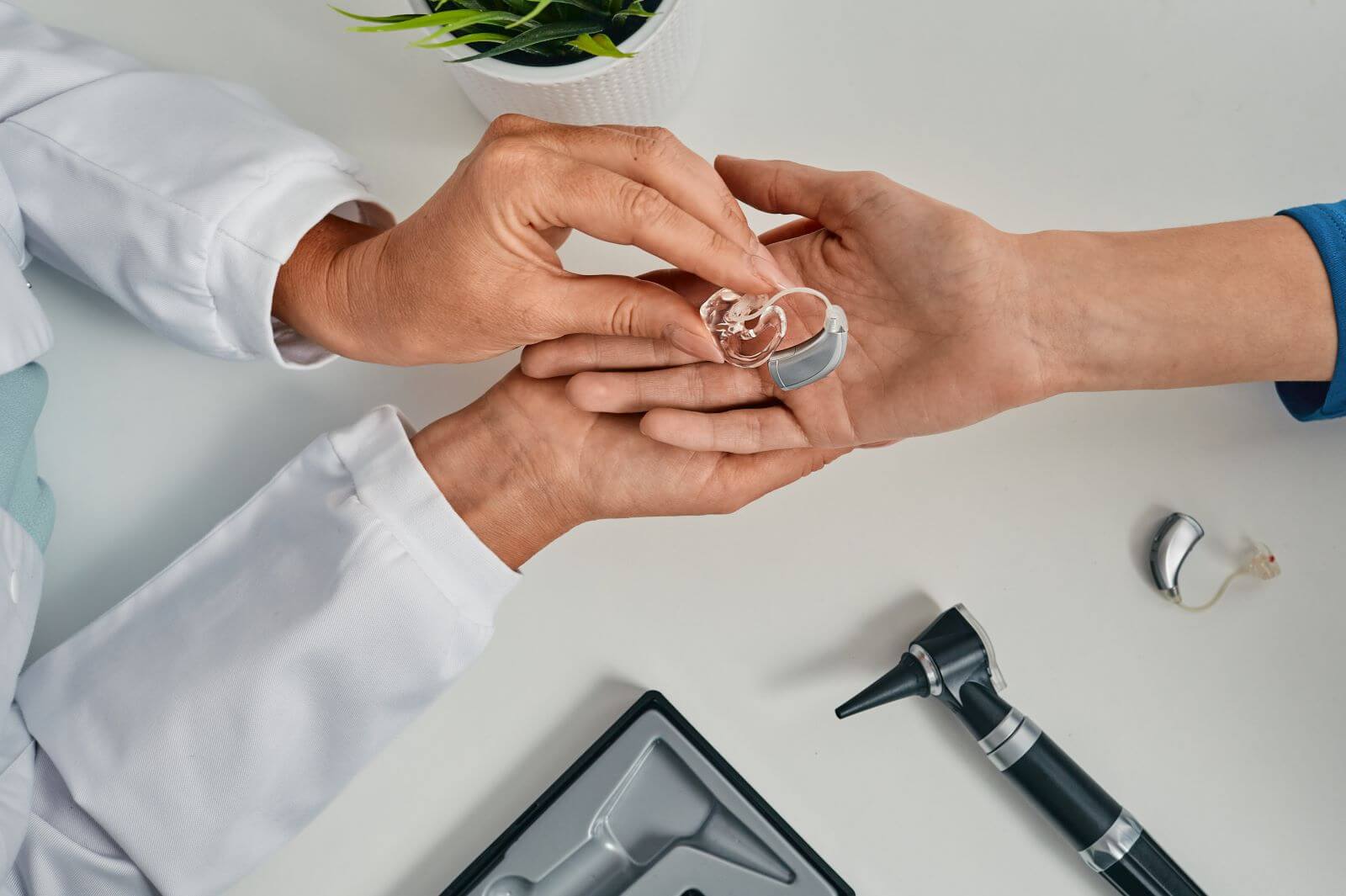About Hearing Aids

Hearing Aids You Can Trust & People You Can Count On
Hearing aids are small electronic devices that you select with the help of a hearing care professional. They are worn in or behind your ear. They make some speech louder so you can listen, communicate, and participate more fully in daily activities.
Hearing aids can help people hear better in both quiet and noisy situations. However, only about one out of five people who would benefit from hearing aids use them.
How do Hearing Aids Work?
Hearing aids are designed to bring sound more effectively into the ear. Most hearing aids consist of at least four parts:
Microphone
Hearing aids are designed to bring sound more effectively into the ear. Most hearing aids consist of at least four parts:
Amplifier
Increases the strength of the incoming signal as programmed by the professional.
Receiver
Converts the amplified electrical energy back into sound waves and delivers them to the ear.
Power Source
Provides energy for the various hearing aid functions.
Other common parts include:

- Telecoil: Picks up electromagnetic fields from the telephone to allow for a clearer signal with less background interference and no feedback. Telecoils are often compatible with many assistive listening systems, such as those in concert halls or theaters.
- Volume control: Allows adjustment of gain.
- Toggle button: Allows you to change between programs or settings on a multimemory device.
- Remote control: Allows you to change gain or programs, and some allow direct input of audio devices.
- Directional microphone: Amplifies sound from the front more than the sides and rear. This feature is very useful in understanding speech in noisy situations.
About Our Practice
